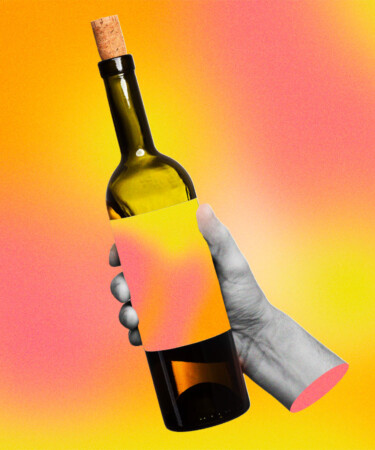For many consumers, a wine’s label communicates as much about a brand, its quality, and its ethos as the liquid inside. And for good reason. With the sheer amount of offerings on the market these days, a trip to a local wine shop, never mind a wine superstore, can overwhelm even a seasoned wine drinker. Hence a wine’s label is one way it can stand out in a sea of bottles.
But it’s true that some winemakers have taken this idea of “standing out” to the extreme — not so unlike what we’ve seen in craft beer in recent years — and it seems as though consumers are taking notice, for better or worse. Here’s the thing about wine, though: No matter how zany or arty or even minimalistic a label is, there will always be certain information about the wine itself because it’s required by law in most countries around the world. This typically includes the brand name, the appellation or region, and the alcohol content, among other details. If this information isn’t apparent on the front of the label, try glancing at the back or the side of the bottle, where it can sometimes be hidden in small print. This info can help inform your purchase in addition to the funky cartoon on the label.
If those details aren’t enough to tell you more about the wine you’re looking at, and you happen to be at a wine shop (and not just perusing through some random lot of wine by yourself), do ask the staff for help. They can offer you more guidance — what it smells and tastes like, what other kinds of wine it’s like — about any given bottle that will hopefully help inform your decision.
